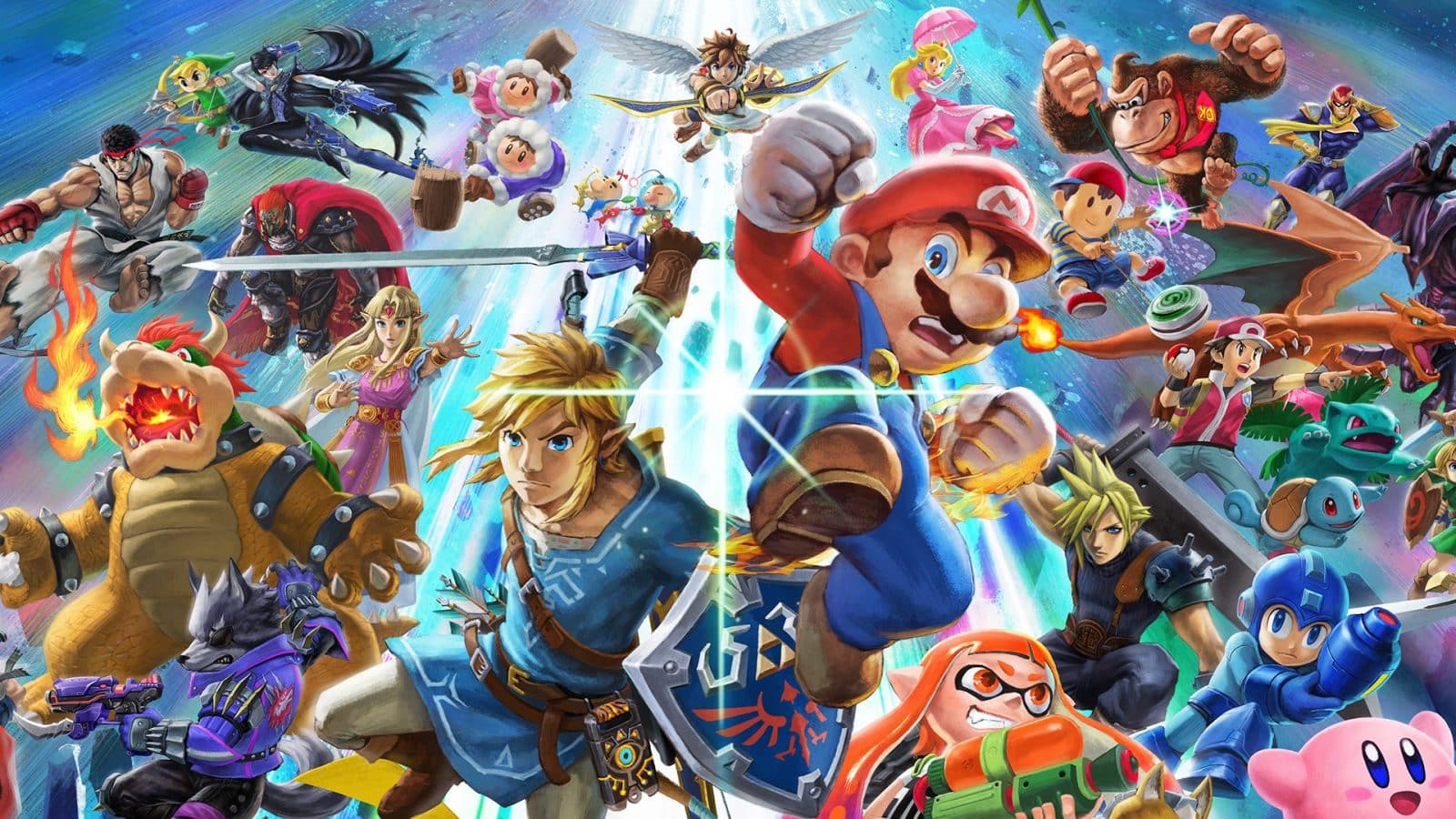
A Smashing Success
The Nintendo Switch has had a fantastic lineup of first-party games since its launch in March of 2017. The Legend of Zelda: Breath of the Wild and Super Mario Odyssey were a one-two punch of masterful game design that ensured the first-year success of Nintendo’s latest console. For the console’s sophomore year, the newest entry in the fighting phenomenon, Super Smash Bros, has been the game every Switch owner couldn’t wait to get their hands on.
In the age of competitive e-sports, Nintendo has been noticeably late to the party. While games like Splatoon 2 have a thriving online community, there isn’t much room for a truly competitive scene. Super Smash Bros has always struck a balance between pick-up-and-play accessibility and mechanics that allow skilled players to compete at the highest level. This latest entry is no different, and could be Nintendo’s first real contender for e-sports success.
With a whopping 74 characters and 103 stages, Super Smash Bros. Ultimate truly earns its moniker. Aside from the mind-boggling collection of every character from previous entries (and a few new ones), a lengthy single-player mode and numerous tweaks to improve upon the existing formula make for a game that’s sure to keep players interested for years to come.
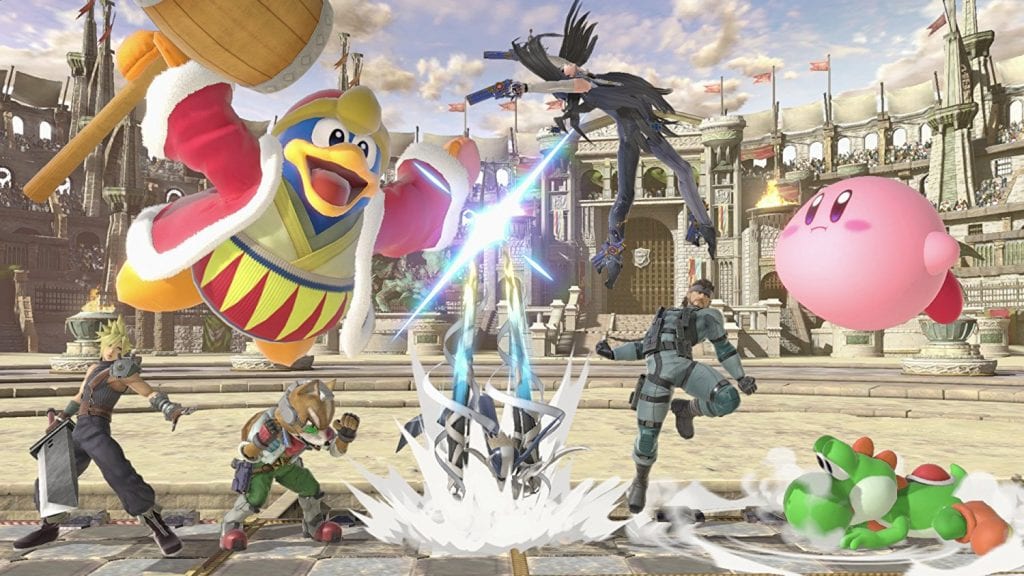
Ultimate Aesthetics
From the game’s opening cinematic to the final stage of the spirit mode campaign, Ultimate is jaw-droppingly beautiful. The attention to detail is staggering, with each character and stage animated in a unique way that stays true to the source material. While the overworld map for spirit mode is low-res in a way that feels strikingly out of place, it’s still artistically solid. It doesn’t take away from the wow-factor the rest of the game’s visuals have in abundance.
The music and sound effects are also some of the best you’ll find in any game. Beyond the undeniable nostalgia of familiar soundtracks from countless classic titles, the sound design for each character’s moves bring the battles to life. While I was initially not a fan of the game’s theme song, I soon became fond of it as it followed me in instrumental form throughout the various menu screens.
The presentation is as polished as can be, with user-friendly menus and clearly defined options. My personal favorite addition to the interface is the ability to create specific game modes which can be saved to the game’s menus. Gone are the days of having to scroll through options every time you want to engage in a no-item stock battle with friends.
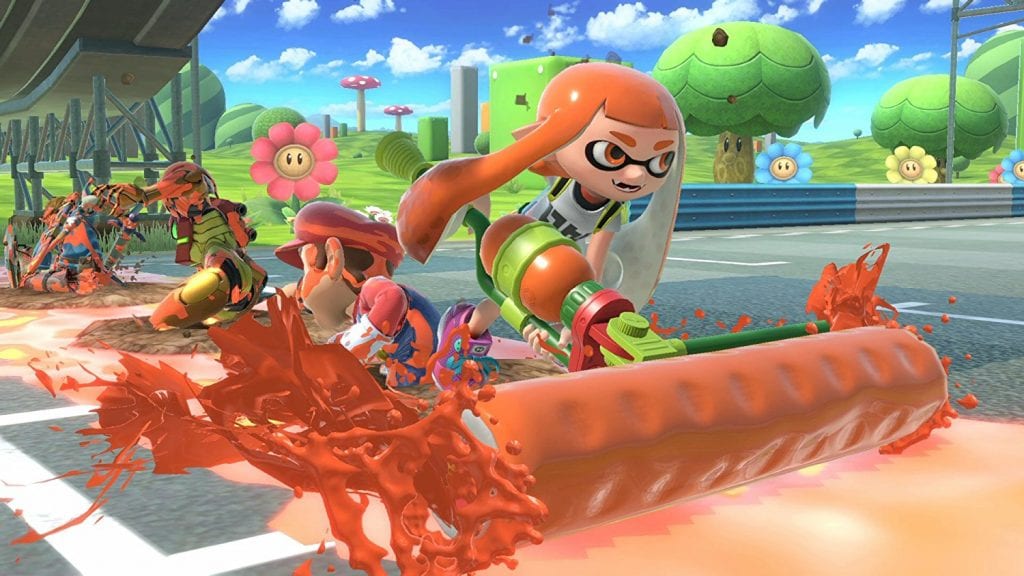
So Much Smash
The single-player component, spirits, is a surprisingly fleshed out and lengthy experience. Facing various characters modified to look like other non-playable characters in wildly creative situations makes this mode a unique and welcome addition. With 25+ hours of gameplay and a wide variety of stat modifier cards (spirits) to collect, there’s plenty of fun to be had.
The ubiquitous smash mode is back, and better than ever. While the formula remains familiar, a number of tweaks such as selecting characters after selecting a stage make for an improved experience over previous titles. The aforementioned ability to save game modes is a clear highlight. This also rings true for the option to play any stage in battlefield or omega configurations (completely flat, or flat with 3 platforms) as well.
While the game does boast a roster of 74 characters, many players won’t have access to all of them for some time after purchasing the game. In what is a design choice that feels like a relic from a bygone era, all but 8 of the characters must be unlocked one by one. Within hours of the game’s release, people began posting online about ways to trick the game into speeding up the character unlock process. For skilled players, this is a minor complaint, but for casual fans this makes having all 74 characters a bit of a pipe dream.
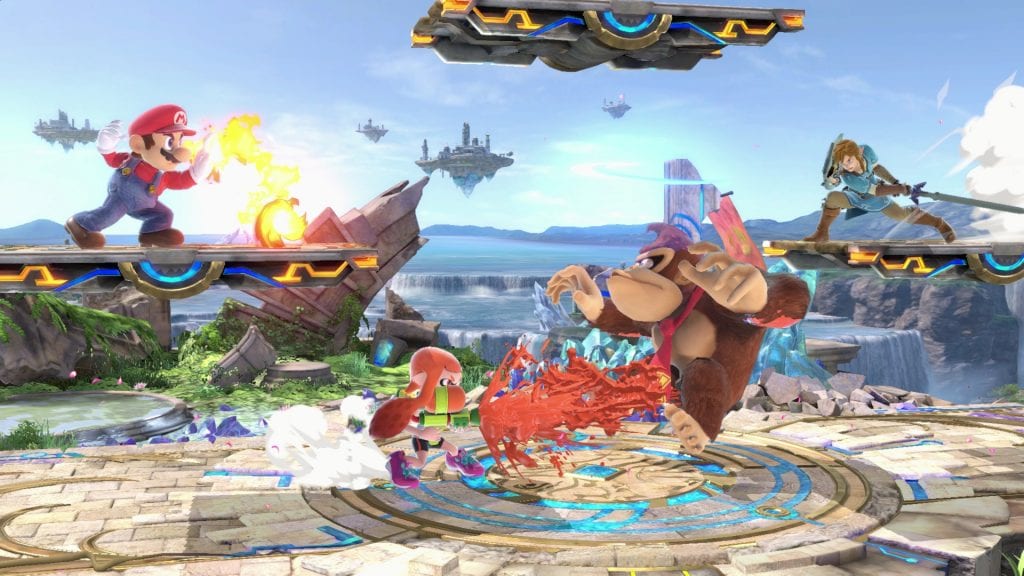
Best Played Locally
Multiplayer is the meat and potatoes of the Super Smash Bros. Ultimate experience. There’s room for casual and hardcore players to (not so) peacefully co-exist, and have a great time together. This game is the ultimate couch multiplayer title, and the perfect excuse to get together with friends and shout at the television.
Since we are in 2018, it seems only natural that a game with such a pedigree of multiplayer perfection would be playable online. While I’m happy to report that the online functionality is indeed present, it’s important to note that in practice it can be a truly frustrating experience.
Nintendo’s online service has been a point of contention for many Switch owners, and rightfully so. Without Nintendo having their own servers to host matches, the connection is peer-to-peer, and therefore highly unstable. I gave up on finding enjoyment in the online portion of the game after realizing that a hiccup-free experience was out of the question.
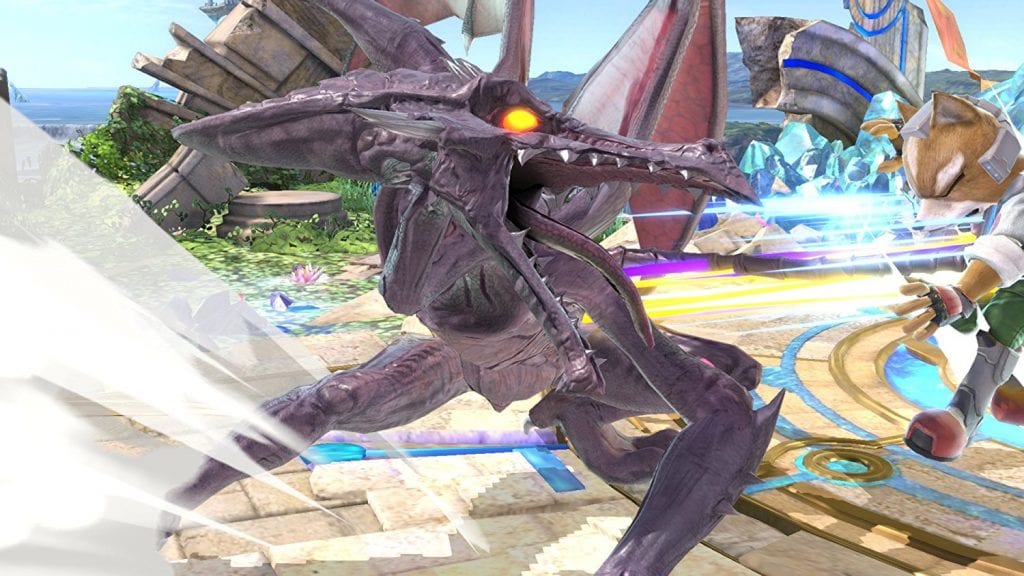
Final Smashing Thoughts
With so much of the 2018 hype for the Nintendo Switch riding on Super Smash Bros. Ultimate, it’s a relief that so much of the game is close to perfection. It’s unfortunate that Nintendo’s online infrastructure isn’t up to the challenge, but that’s not the fault of the game’s developer, HAL Laboratory.
With gameplay that boasts an unrivaled balance of accessibility and depth, there are few gamers who wouldn’t have the time of their lives playing Super Smash Bros. Ultimate. With the Switch’s second year coming to a close, Nintendo has avoided a sophomore year slump with a helping hand from HAL Laboratory. They provided fans with a fantastic game that should keep Switches everywhere humming away for years to come. Super Smash Bros. Ultimate gets a game-winning, final-smashing 4.8 out of 5.
Are you ready to crack open a party ball and knock your friends off-screen? Super Smash Bros. Ultimate is available now, exclusively for the Nintendo Switch, in a standard edition for $59.99, as well as a bundle which includes the Ultimate Fighter Pass DLC for $84.99.




